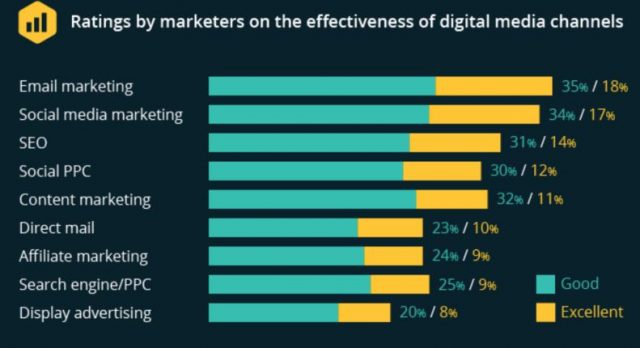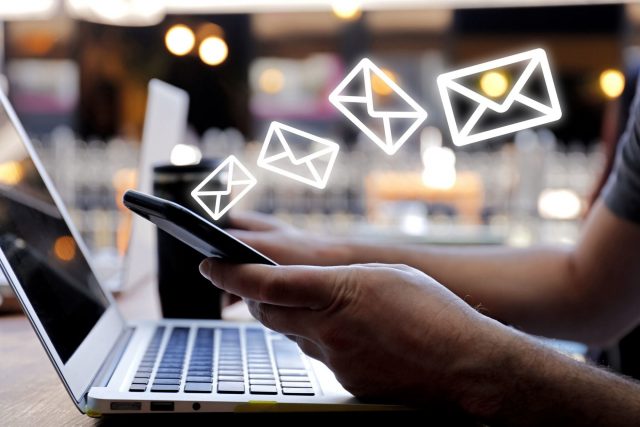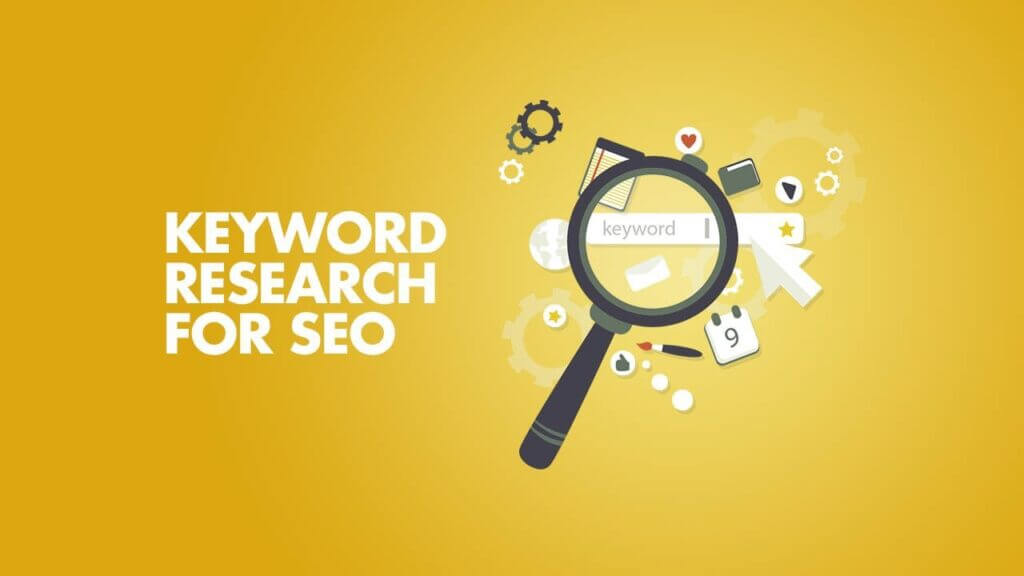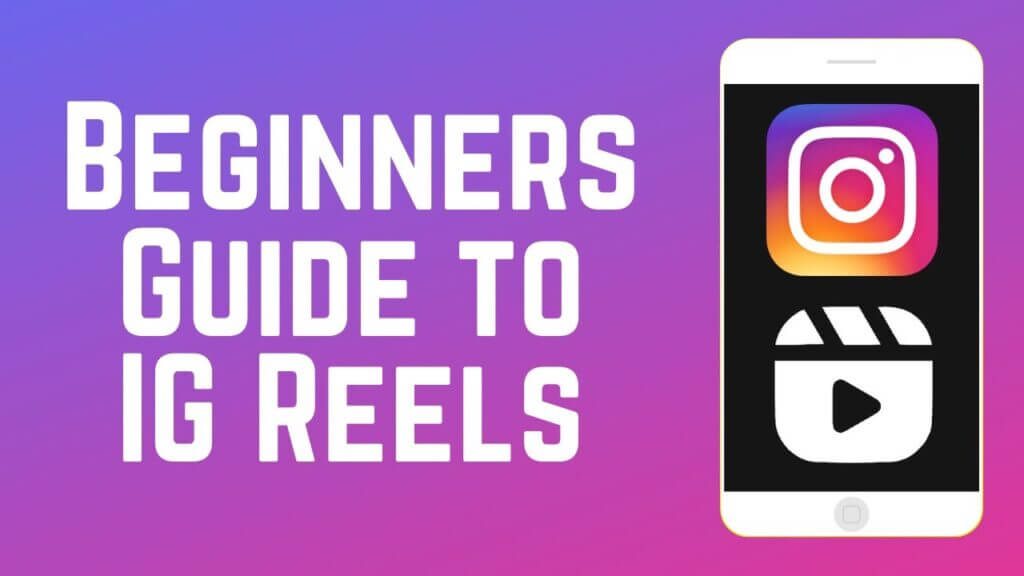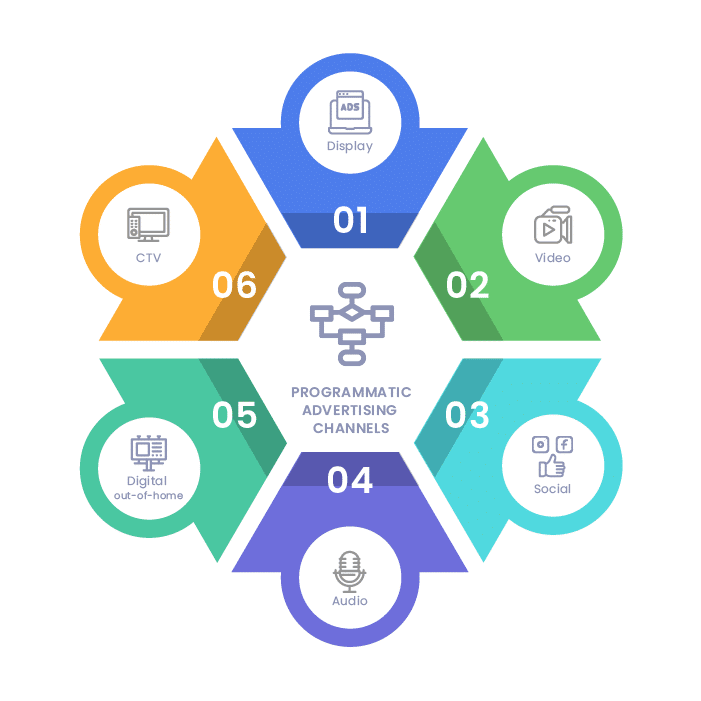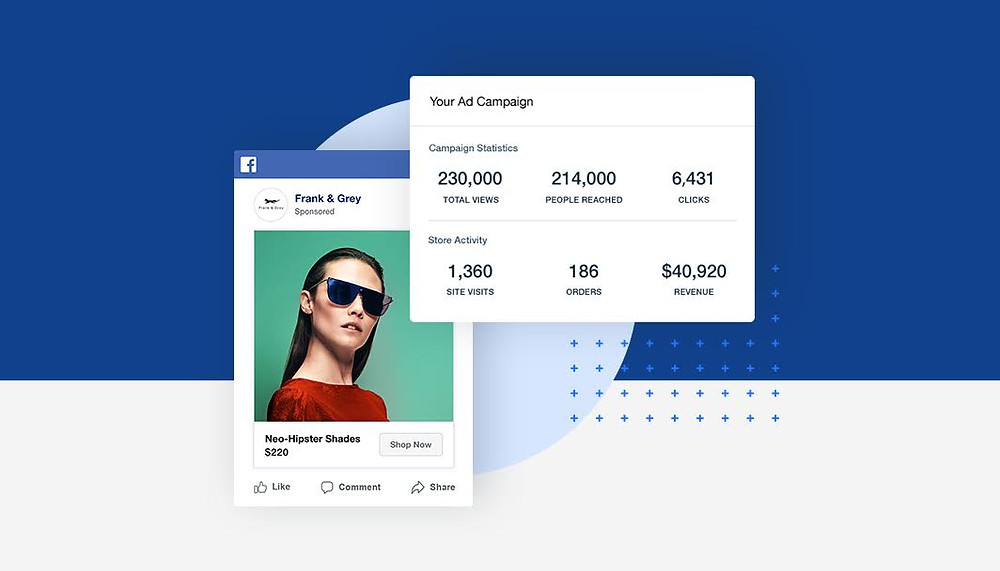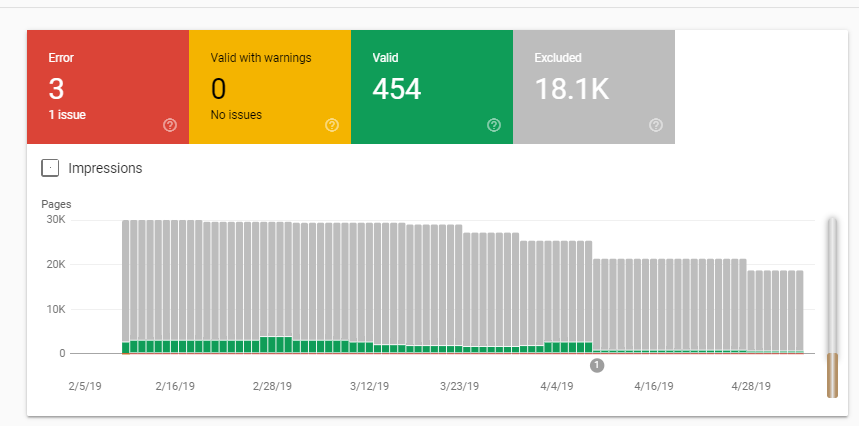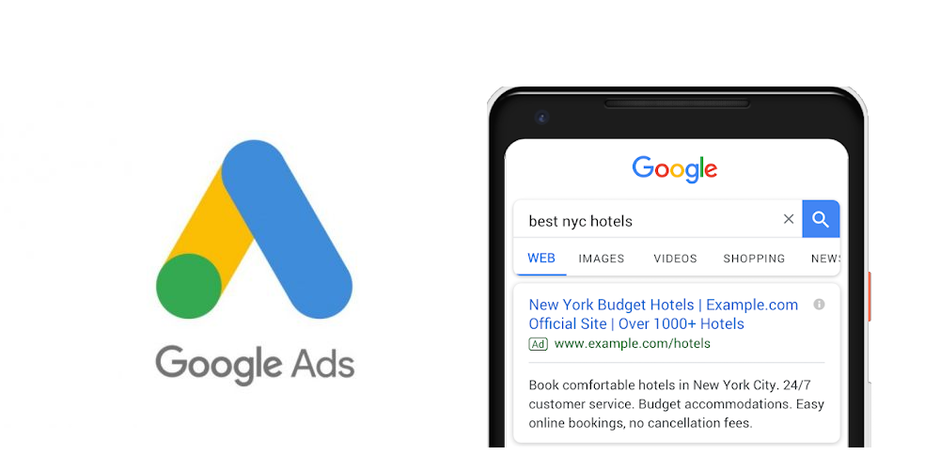Today, you may think it’s time to ditch email and focus more on the future, like social media.
And while you should be considering a range of different things in your digital marketing strategy – including search engine optimization, ads, content, and social media – email is something you won’t want to ignore.
The truth is that email is an evergreen asset for your business. It adapts to the times and plays a vital role in communicating with your customers, even in 2022. And it can be highly profitable, especially for businesses with a tight budget.
Read on and find out why you should focus more on email marketing (and how to start creating your campaign).
The benefits of email marketing
Email is affordable
Think about how much you spend on ads right now. In general, businesses can expect to see $2 for every dollar they spend on Google Ads – an ROI of 200%.
Pretty good, right?
But according to a report by Experian, email can generate a $44.25 return for every $1 spent. That’s a massive 4425% ROI!
And unlike Google, social media, or other online ad platforms, you don’t have to pay to get into a subscriber’s inbox.
An email has a vast reach.
This year, global email users are expected to hit 4.3 billion. That’s over half of the population of the entire world!
And as most emails are now opened on mobile, both here in Australia and worldwide, you can reach your subscribers whenever and wherever you need.
This might explain why 87% of content marketers are using email to distribute their content, and 86% look at email metrics such as open and click rates or downloads to measure the performance of a piece of content.
You can track your success and progress.
Data is at the heart of any good digital marketing strategy. And with email, it’s straightforward to obtain and use.
You can access a range of analytics that will tell you exactly how your emails are performing, including who opened the email, how many receivers have unsubscribed, which links they clicked on, and many more.
This can tell you how relevant your content is, among other things.
You can also apply this to the different components of your email – your subject line, for example, or your call to action. This makes it super easy to conduct split-testing: sending two different versions of an email to a small section of your audience to see what performs better before sending the best version out to the entire list.
You can take things slow.
With an ad or a sales page, you must go for the hard sell – otherwise, you’ll lose a customer. But with email marketing, it’s all about that slow-burn relationship.
By supplying your customers with relevant and valuable content, you build trust. You get people who see your email and open it without hesitation.
This means that over time, you can position yourself as the right solution in your customer’s minds, build a need and desire for whatever you offer, and convince them that their lives are better with you (and your product/service).
It also means that when it’s time for the sale, or you need a significant response fast, you can be sure your subscribers are ready.
You can get personal.
Personalization is one of the most significant benefits of email marketing. And while lots of businesses have discovered how to include a subscriber’s first name in their email, there’s so much more you can do.
Personalization can mean providing content triggered by a customer’s behavior or patterns.
Those ‘We think you’ll love…’ emails from businesses you’ve bought from before?
That helpful reminder that you forgot to check out or that the product you looked at the other day is almost sold out?
That weekly summary you get from Grammarly or other services telling you what a great job you’ve done?
All personalization.
This can be great for building relationships with clients and delivering the correct email at the right time.
It’s worth noting that there’s a fine line between helpful, personalized emails and content seen as ‘creepy.’ Be mindful of your customer’s boundaries and ensure that whatever you’re sending will add value to their life instead of being a reminder of how much of their data you have.
How can I create an effective email marketing campaign?
In 2022, 333.2 billion emails are expected to be sent every single day. So to stand out, you must create some pretty awesome emails.
Below are five tips to help get you started on the right path.
Have a goal in mind for each email – and stick to it
Each email you send should have a purpose. This doesn’t have to be to buy it shouldn’t always be. If you’re always going for that hard sell, your subscribers may get tired of your emails and label you as ‘spam.’
That said, every email should still play a role in selling. Or, in other words, nudge your subscribers closer to that sale.
You may aim to get a minor conversion, like sharing one of your blog posts on social media or educating your subscriber on an area of your niche or offer. Whatever your goal, make sure that it’s the sole focus of your email – otherwise, you run the risk of overloading the reader, meaning they’ll do none of the things you hoped for.
Segment your audience
You have a range of customers who are all likely interested in a range of different things. If you want to create relevant content, they won’t immediately delete or relocate to their spam folder; you need to break your audience into smaller sections – otherwise known as segments.
According to Lyris, an email marketing platform, marketers who segment their audience have:
- Higher open rates
- Lower unsubscribe rates
- Fewer bounces and less spam filtration
- Better revenue
You don’t need a lot of segments to get started. For example, you may simply want to break up your subscribers into your target markets or based on things like which parts of your site they’ve visited.
Optimise for mobile
When businesses think about mobile-friendly content, they often just focus on making sure that their website is up to scratch.
But like we said before, most users are opening and reading your emails on mobile. And if your content isn’t optimized? It’ll be a swift journey to the Bin.
80% of subscribers will immediately delete any email that isn’t easily read on their phones.
To make sure that your emails are suitable for mobile users, you’ll need to consider the following:
- Keep your subject line under 60 characters to ensure it is fully displayed.
- Break up your paragraphs – the shorter, the better. One-sentence sections are significant; no paragraph should be longer than three sentences.
- Ensure you include pre-header text (that preview you can see below the subject line before opening).
- Place your primary call to action at the top of the email.
- Keep the layout clean and easy to read and click.
Invest in well-researched, well-written content.
With how short many emails are, it can be pretty tempting to spend 5 minutes on one and send it off without another glance.
But if you want that crazy ROI, you must put in the time and effort.
Research your audience: who are they? What topics are they interested in? What information do they need to become paying customers? What obstacles and objections may be preventing them from buying?
This will form the basis of your campaign plan. From there, you can create a series of emails tailored to your subscribers, designed to slowly lead them from ‘interested in what you have to offer’ to ‘needing your offer today’.
Test everything
We mentioned how easy it is to conduct split-testing on email – use it! At the bare minimum, you should test your From names (who the email is from), subject lines, and calls to action (the links you want subscribers to click through).
You can easily send two variations of your email using platforms like Mailchimp, making it simple to conduct split-testing for the various elements of your email.
It’s important to note that testing is a continuous process. To get the best outcome for your business, you must keep iterating, with the ‘best’ result from your last test becoming the new standard against which to test.
For more digital marketing expert tips and tricks, check out our Blog. You can also reach out to our expert team anytime – we’re always happy to chat!




